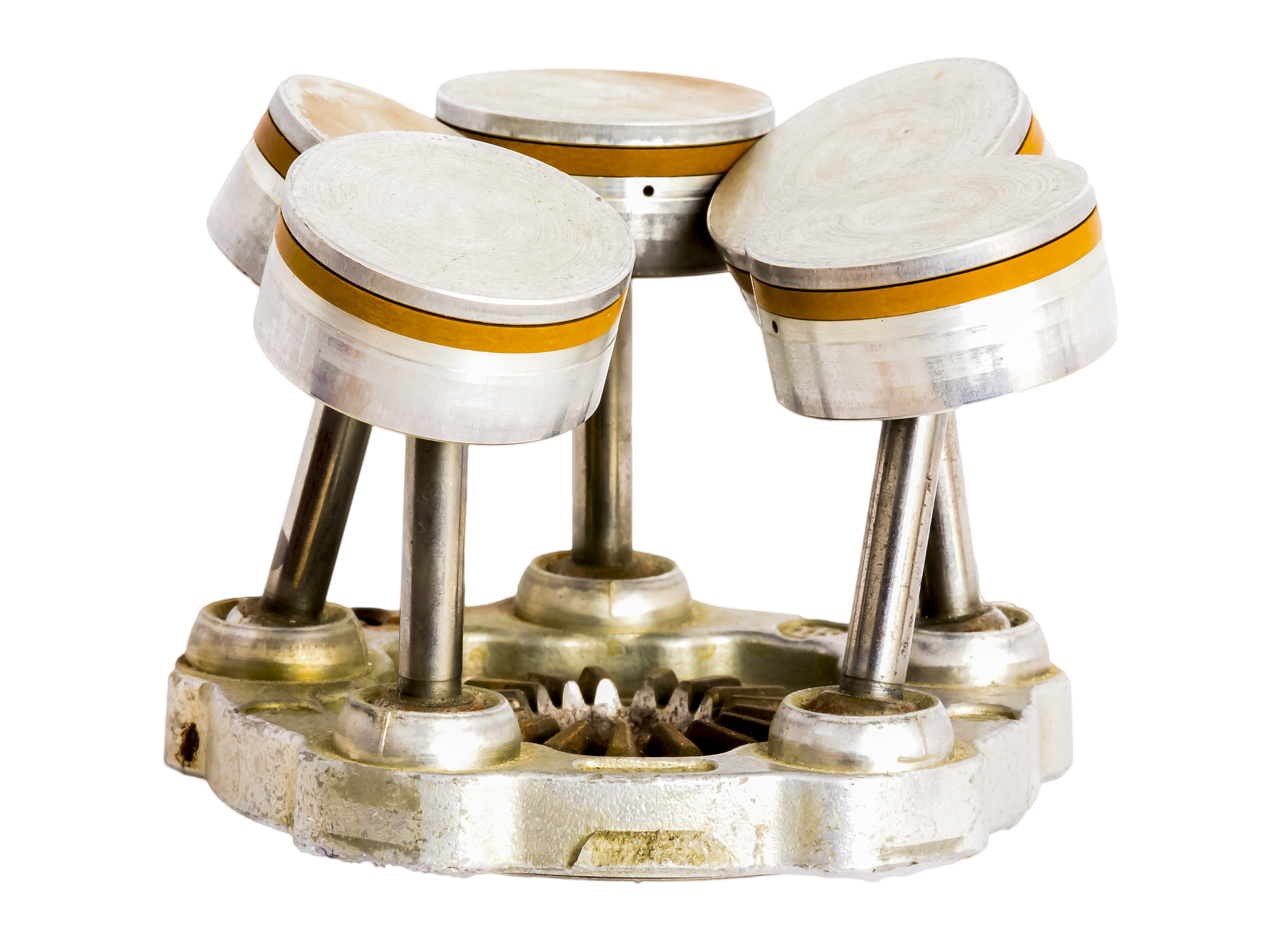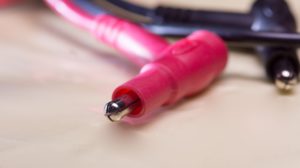
 When ac motors stop working, it is often essential to fix the problem as quickly as possible. With these basic tips, a qualified electrician should be able to diagnose most common issues. Check out these ac motor troubleshooting tips below.
When ac motors stop working, it is often essential to fix the problem as quickly as possible. With these basic tips, a qualified electrician should be able to diagnose most common issues. Check out these ac motor troubleshooting tips below.
Safety Concerns
When troubleshooting a motor, it is vital to take the proper safety precautions. Before opening the control panels or motor splice boxes, be certain that the power feed has been disconnected. You should lock and tag out the breaker or disconnect switch for added safety. Always use a multimeter to check that there is no voltage on exposed live parts before you commence troubleshooting.
Check for Damage
In the event of a catastrophic failure of the motor, physical damage may be obvious on the exterior of the motor or inside the connection box. Watch out for blackened or melted wires and the telltale smell of burnt insulation. If possible, spin the motor shaft manually to check that it spins freely and that the bearings are in good condition.
Check for Power
If the motor is being controlled by a starter, disconnect the outgoing wires. Flip the breaker back on and check that the connection terminals inside the starter are receiving the correct voltage. Voltage can also be checked inside the motor connection box by disconnecting all motor leads and carefully checking the supply wires. The safest way to do this is to attach wire nuts on the ends of the supply wires before the power is turned back on, then insert the multimeter probes into the wire nuts.
Check for Ground Faults
 Using an insulation tester, you can perform basic checks on the condition of the windings of a motor. Disconnect the power feeds to the motor. Connect one lead of the insulation tester to the metal frame of the motor and then use the other lead to check each coil of the motor. A single-phase motor might only have a single coil, while a three-phase might have a variety of winding arrangements. The insulation tester should read either a very large or an infinite resistance if the winding insulation is in good condition.
Using an insulation tester, you can perform basic checks on the condition of the windings of a motor. Disconnect the power feeds to the motor. Connect one lead of the insulation tester to the metal frame of the motor and then use the other lead to check each coil of the motor. A single-phase motor might only have a single coil, while a three-phase might have a variety of winding arrangements. The insulation tester should read either a very large or an infinite resistance if the winding insulation is in good condition.
Some motors have a wiring diagram, so follow it to check each winding for faults. You can also check for faults between coils. If there is no diagram or if the lead labels are missing or illegible, you can use an ohmmeter to measure the resistance between leads to determine which ones are pairs. The windings between each pair of leads should all have the same resistance reading. Measuring low or zero resistance across a coil means that the coil has a dead short. A reading of infinite resistance indicates a clean break in the coil. There should also be infinite resistance between other coils in the motor and from the coil to ground.
Other AC Motor Troubleshooting Checks
 If the motor seems to be fine, attempt to reconnect it to a load. For motors spinning in the wrong direction that are three-phase, swap any two leads either in the starter or in the motor connection box to reverse its rotational direction. Motors that struggle with a load may have something plugged up or jammed in the load itself. A mechanic may be required to check fans, belts, or pumps that are powered by a motor. When a motor trips the overload device, attach an anmeter to measure the current during startup and operation. Check the FLA on the motor nameplate to see what the expected current draw should be. If it is high, the motor may simply be overloaded. If not, the overload protection device may be set too low or may need replacing.
If the motor seems to be fine, attempt to reconnect it to a load. For motors spinning in the wrong direction that are three-phase, swap any two leads either in the starter or in the motor connection box to reverse its rotational direction. Motors that struggle with a load may have something plugged up or jammed in the load itself. A mechanic may be required to check fans, belts, or pumps that are powered by a motor. When a motor trips the overload device, attach an anmeter to measure the current during startup and operation. Check the FLA on the motor nameplate to see what the expected current draw should be. If it is high, the motor may simply be overloaded. If not, the overload protection device may be set too low or may need replacing.
By following these basic ac motor troubleshooting tips, any electrician can quickly determine the cause of most problems in an AC motor.

